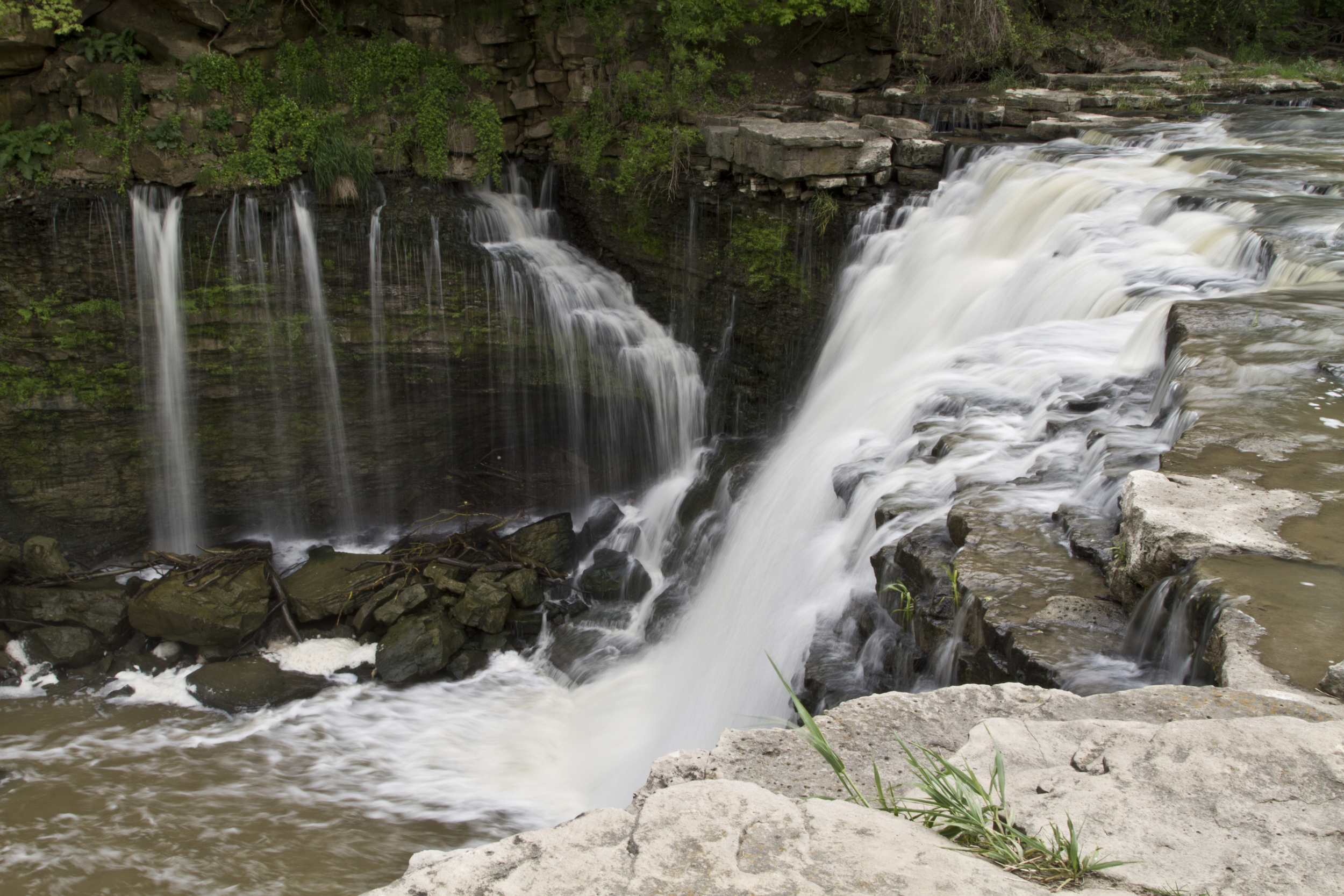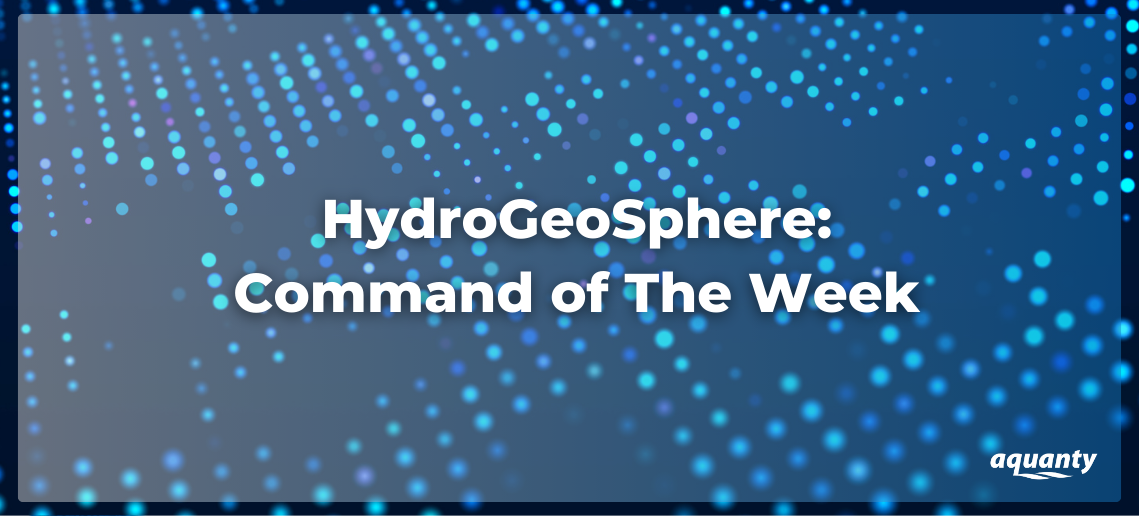

HGS RESEARCH HIGHLIGHT – Numerical analysis of thermal response tests with groundwater flow and heat transfer model
This research, co-authored by J. Raymond, L. Gosselin, R. Lefebvre, and Aquanty’s René Therrien, explores how thermal response tests (TRTs) can be enhanced by employing HydroGeoSphere (HGS), our advanced modelling platform, to simulate coupled groundwater flow and heat transfer processes under complex geological settings. The study investigates the limitations of traditional line-source models, particularly in heterogeneous subsurface conditions, and introduces a numerical modelling approach to improve the accuracy of TRT analyses.

Staff Research Highlight - Spatiotemporal estimation of groundwater and surface water conditions by integrating deep learning and physics-based watershed models
We’re pleased to highlight this publication, co-authored by Aquanty’s senior scientist, Hyoun-Tae Hwang, which focuses on the integration of deep learning (DL) models with physics-based hydrological models to enhance the efficiency of estimating spatiotemporal groundwater and surface water conditions.

Staff Research Highlight - Effects of soil heterogeneity and preferential flow on the water flow and isotope transport in an experimental hillslope
We’re pleased to highlight this publication, co-authored by Aquanty’s senior scientist, Hyoun-Tae Hwang, which examines the water sources and threshold behaviours of streamflow generation in a mountain headwater catchment.

NEW version of HGS PREMIUM March 2025 (REVISION 2796)
The HydroGeoSphere Revision 2796 (March 2025) is now available for download.

Using the debug.control file for real-time tuning of HGS simulation performance
This post explains how to use the debug.control file to modify the performance of an HGS simulation in real-time. By adjusting settings in the debug.control file, users can tweak parameters like convergence and time stepping without needing to restart the simulation. This is particularly helpful for optimizing the simulation's behavior during runtime. We find that using debug.control is a great way to test different settings and improve model performance on the fly. The file also provides the flexibility to pause simulations or adjust output, making it an essential tool for users looking to troubleshoot or fine-tune their models.

HGS RESEARCH HIGHLIGHT – The HypoSalar project: Integrating hyporheic exchange fluxes into Atlantic salmon (Salmo salar) spawning habitat models
In this research highlight ultra-fine resolution HydroGeoSphere models are used to simulate hyporheic exchange fluxes in river reaches used by Atlantic salmon for spawning. The HypoSalar project is contributing to demonstrate that the capabilities of HydroGeoSphere are not exclusively related to the field of hydrogeology, but can be used for both fluvial geomorphology and ecological studies due to HydroGeoSphere's flexibility and superior modeling approach.

Snow Modelling Products on HydroClimateSight
With a big winter storm sweeping across Ontario over the past week, we thought it might be a good time to review the various snow modelling products available through the HydroClimateSight decision support platform.

Staff Research Highlight - Assessment of hydraulic and thermal properties of the Antarctic active layer: Insights from laboratory column experiments and inverse modelling
We’re pleased to highlight this publication, co-authored by Aquanty’s senior scientist, Hyoun-Tae Hwang, which investigates the hydraulic and thermal properties of the Antarctic active layer using laboratory column experiments and HydroGeoSphere (HGS) for inverse modeling.

Staff Research Highlight - Water sources and threshold behaviors of streamflow generation in a mountain headwater catchment
We’re pleased to highlight this publication, co-authored by Aquanty’s senior scientist, Hyoun-Tae Hwang, which examines the water sources and threshold behaviours of streamflow generation in a mountain headwater catchment.

NEW version of HGS PREMIUM February 2025 (REVISION 2778)
The HydroGeoSphere Revision 2778 (February 2025) is now available for download.
